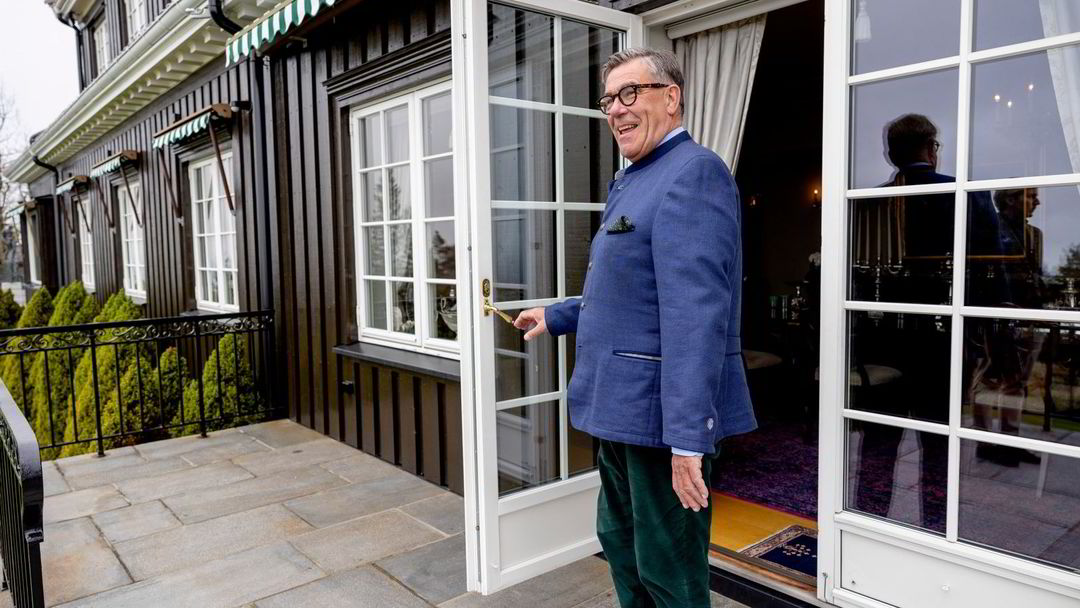Mission: More Power! is the headline when the energy industry gathers at the Production Technology Conference in Trondheim this week.
Under the auspices of Fornybar Norge, the energy industry’s employers’ organisation, and renewable energy company NTE, some 500 entrepreneurs and researchers are preparing a course for Norway’s renewable future. One possibility they are exploring is how to make a green battery in Norway in Europe.
– It is possible for Norway to become a green battery in the European energy system, says Kristian Owen Naversen, researcher at Sintef Energi.
Under the slogan “Norwegian Hydropower in 2050 – more power, more cables”, he presented the Hydroconnect project. They are looking at what role Norway can play in a European energy system that will be fully renewable by 2050.
The idea is that regulated Norwegian hydro could play a more important role in ensuring a secure energy supply for a European energy system that relies increasingly on unregulated energy from the sun and wind.
Help other countries
The research project is funded by the Research Council of Norway and energy industry players such as Hydro Energi, Lyse and Fornybar Norge. The project will run until 2024, but researchers have already shown that Norway can play an important role in balancing the future European energy system.
If Norway is more closely linked to the European energy system, balancing power from Norway could mean that Europe needs to develop much less renewable energy in order to have sufficient energy.
– With a stronger attachment to Norway, we see that more countries will need to build much less solar, hydrogen and batteries, developments they might otherwise need to balance energy supplies, Naversen says.
«Many countries will need to develop much less solar energy, hydrogen and batteries.»
– Kristian Owen Naversen, researcher at Sintef Energi
Sintef figures estimate that the countries with which Norway exchanges energy will be able to reduce their deployment of renewable energy by the equivalent of about 70 gigawatts of solar power. Germany and England in particular would not have to expand.
controversial moves
However, the path to becoming Europe’s battery requires several steps that can be demanding financially and politically.
- Large-scale upgrading of hydroelectric power. Sintef Energi estimates that Norway can increase hydropower production by 20 gigawatts through upgrading and upgrading based on existing hydropower capacity.
- New cables to the outside. In Sintef’s broadest scenario for 2050, they estimate 11 gigawatts in new international connections. This corresponds to approximately eight new power cables of the same size as the disputed overseas cable to England.
– We’re talking about new cables for countries we already have cables for, Naversen says.
– Is it possible to achieve?
– It is possible, but we do not know yet whether it is profitable only from a financial point of view. It will require significant investment, Naversen says.
Strombris has dominated the power debate in Norway over the past year. How important would a closer relationship with the European energy system be?
– I find it difficult to say. Europe’s energy system in 2050 will consist of a very different energy mix than it does today. Today, for example, natural gas plays a major role in determining the price, while in 2050 it will be completely out of the energy mix. So how this will affect the price, I dare not say until we’ve done the research, says Naversen.

“Web specialist. Lifelong zombie maven. Coffee ninja. Hipster-friendly analyst.”




